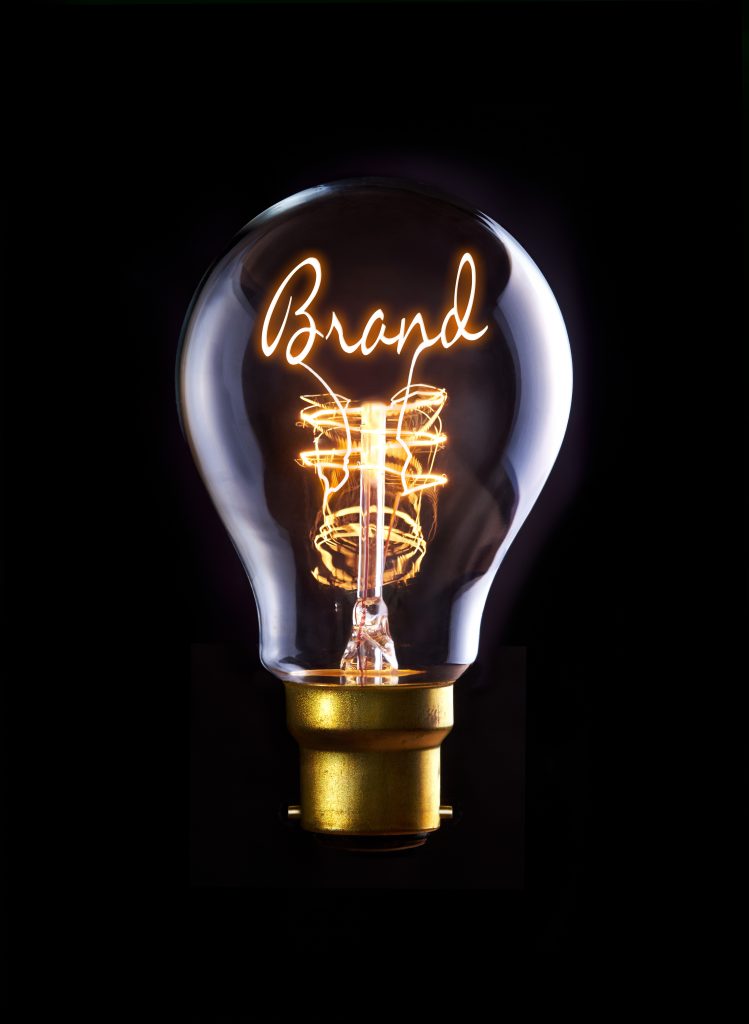What’s in a (Brand) Name?
Brand names are the crown jewels of an organization. They’re valuable, multi-faceted, and fiercely protected.
But what happens when the brand name is lost? Not via an Ocean‘s Eleven type heist, but from the overwhelming adoption of the consumers who use it?

Kleenex is a perfect example. It’s a brand name, but it’s so widely used that I’m not sure I would know what to do if someone asked me for a facial tissue. No one throws a flying disc at the beach, or packs their glassware in inflated cushioning. But those are the actual generic terms, respectively, for Frisbee and Bubble Wrap.
Losing a trademark can be devastating for a brand, as this NY Times article by Whitson Gordon explains. Gordon looks at how we think of brands, and he highlights the danger of “too much of a good thing.” Companies certainly want their brand to be well known. But if they become too familiar, the company can actually lose their trademark.
This famously happened in 1921 when Bayer lost it’s trademark for aspirin. And the trend has continued ever since. Escalator, trampoline, zipper, and dumpster are perfect examples. All former brand names, now used as generic terms (probably a good thing because, let’s face it, the phrase “Dumpster™ brand fire” doesn’t exactly roll off the tongue).
The phenomenon is called “genericide.” And it’s now officially one of my favorite portmanteaus, right up there with Imagineer and cronut.
Genericide is why brands spend so much time and energy protecting their trademarks. Even me referring to a “band-aid solution” in this very sentence will likely generate a response from Johnson & Johnson asking me to change it (or capitalize it, or add the ™ sign). We’ll see. It all goes to show to ultimate power of a brand.
Here’s the NY Times article in its entirety. It’s worth a read.

